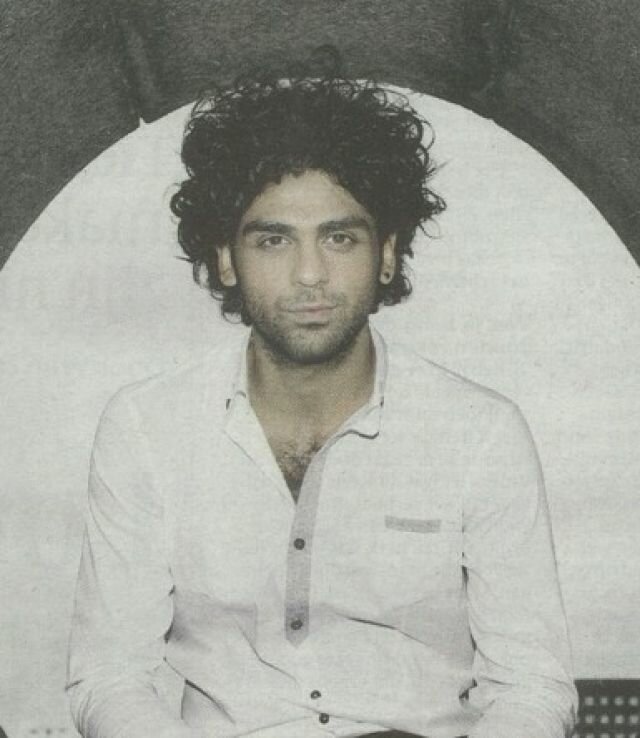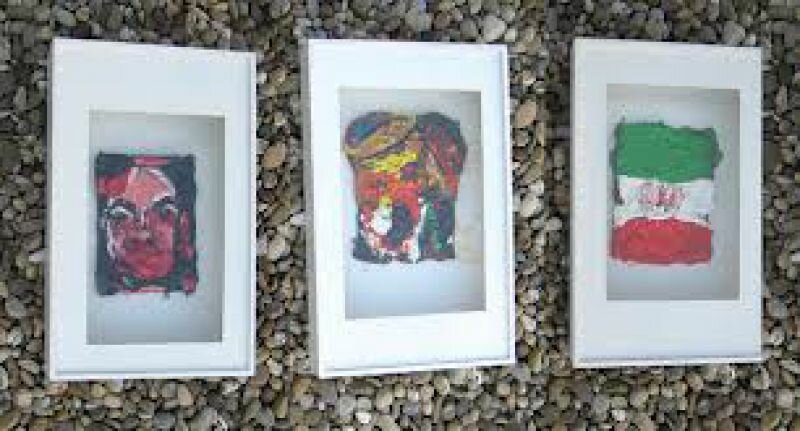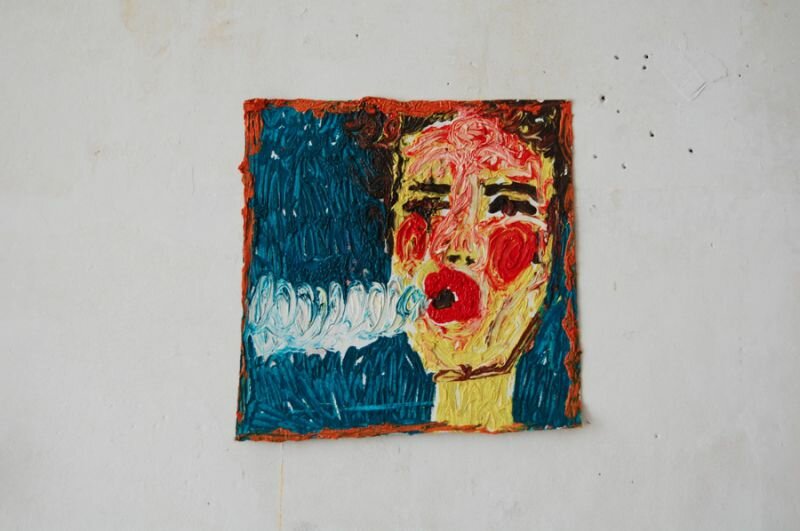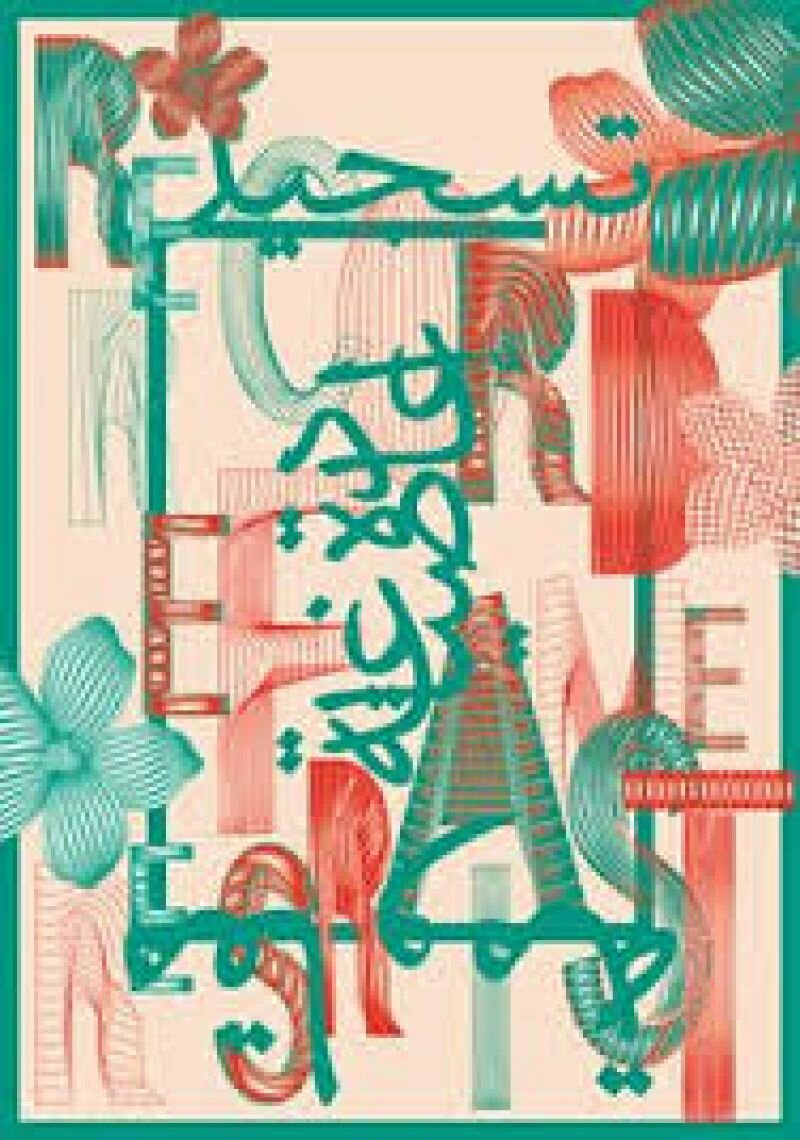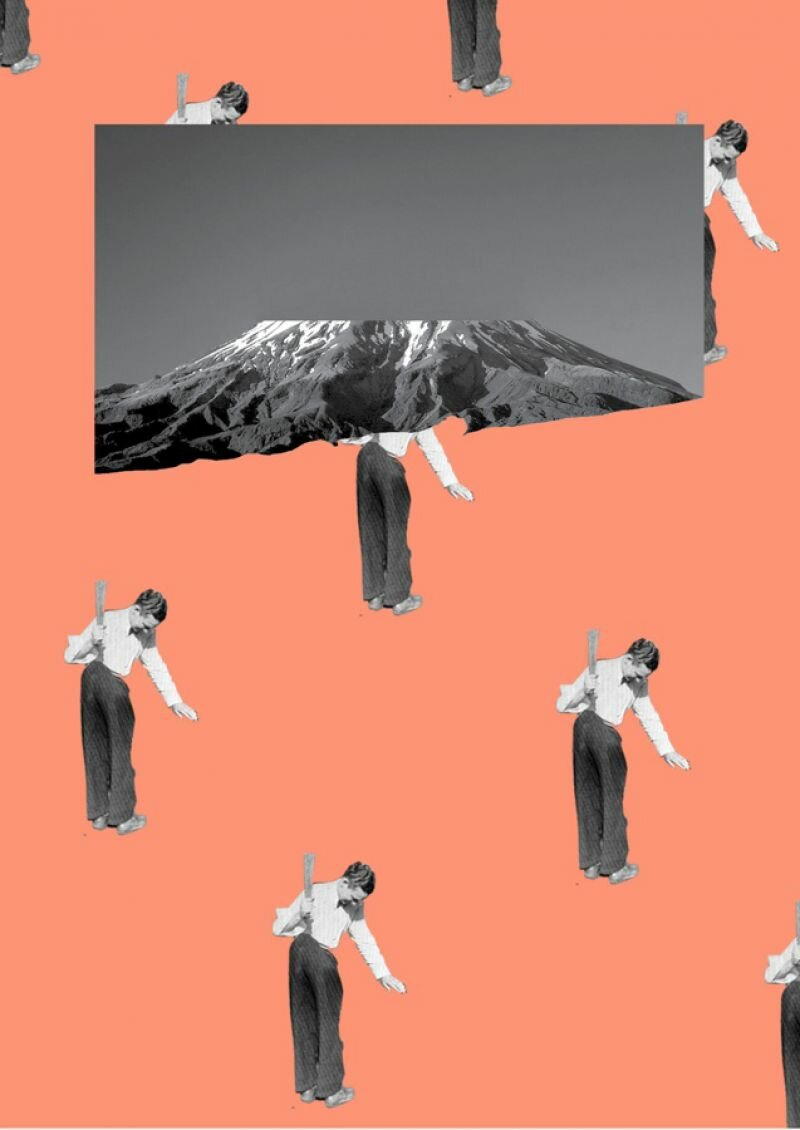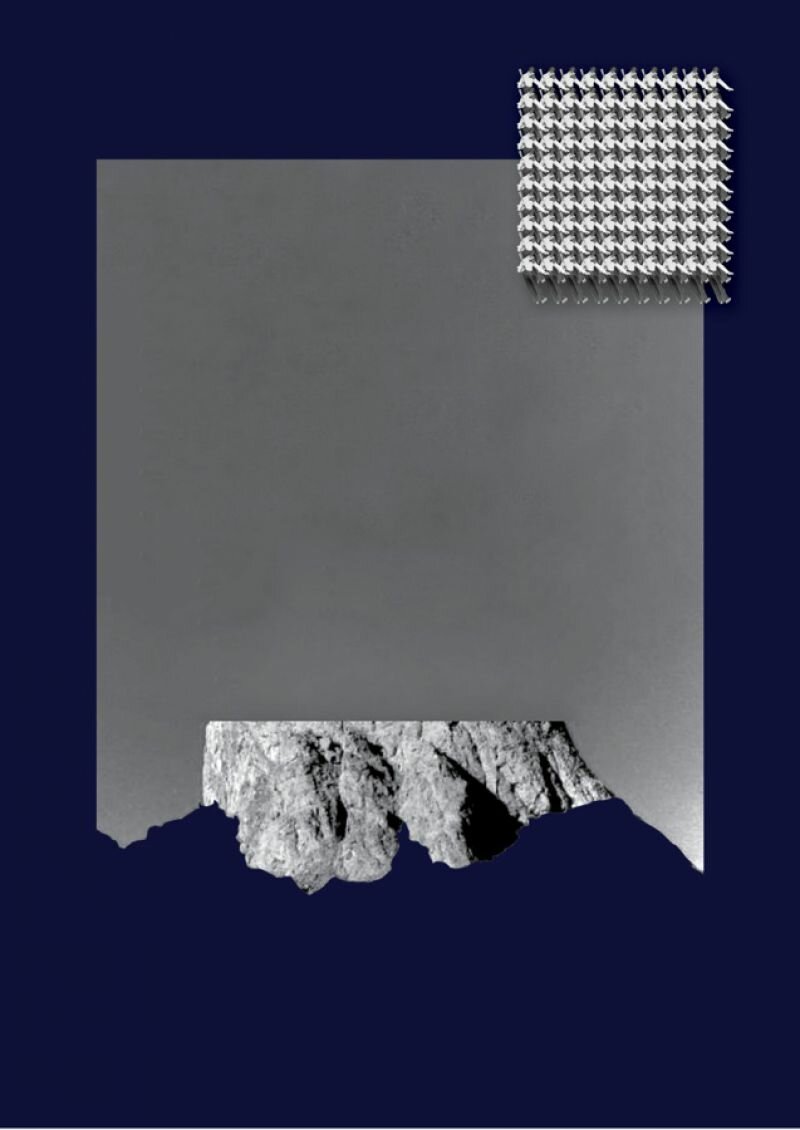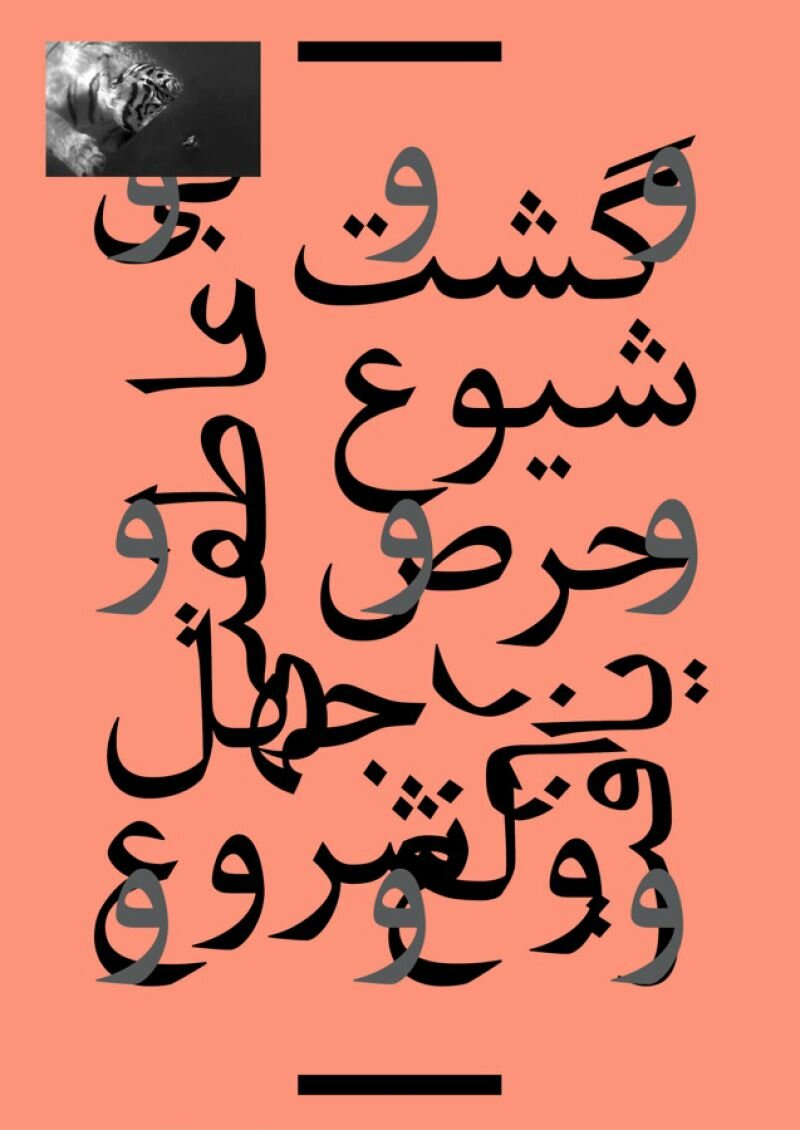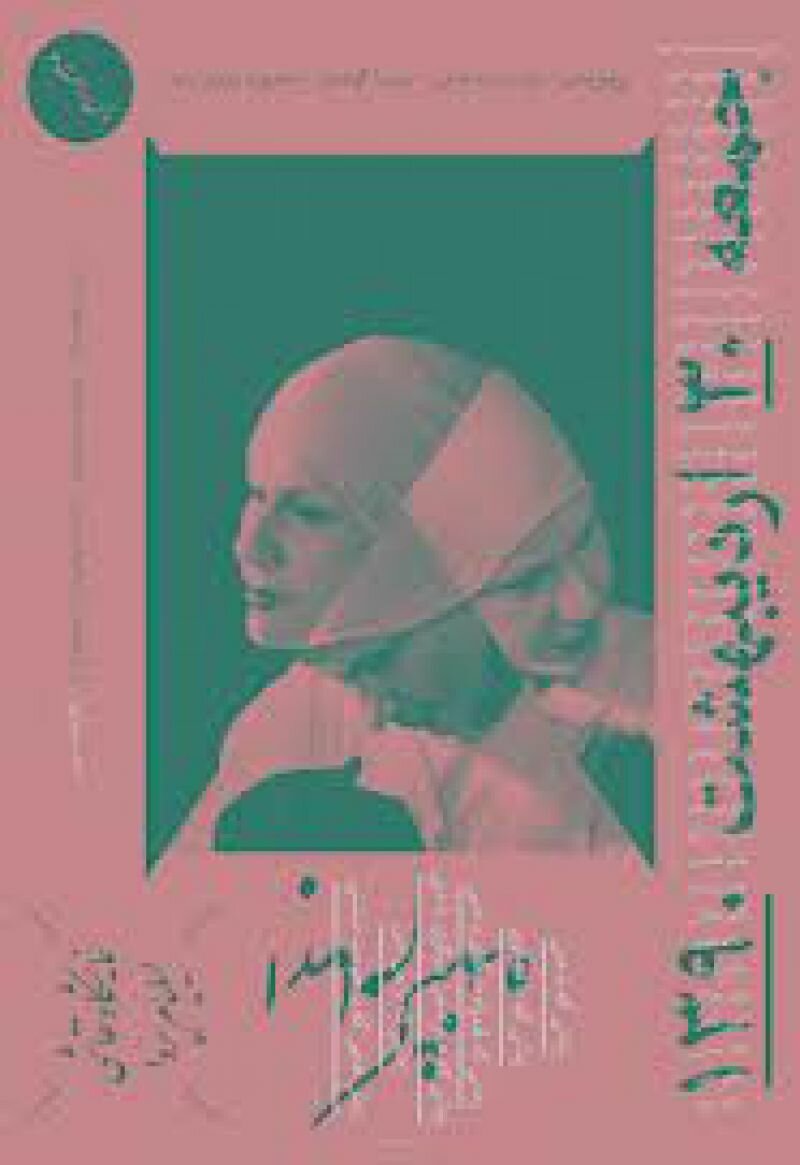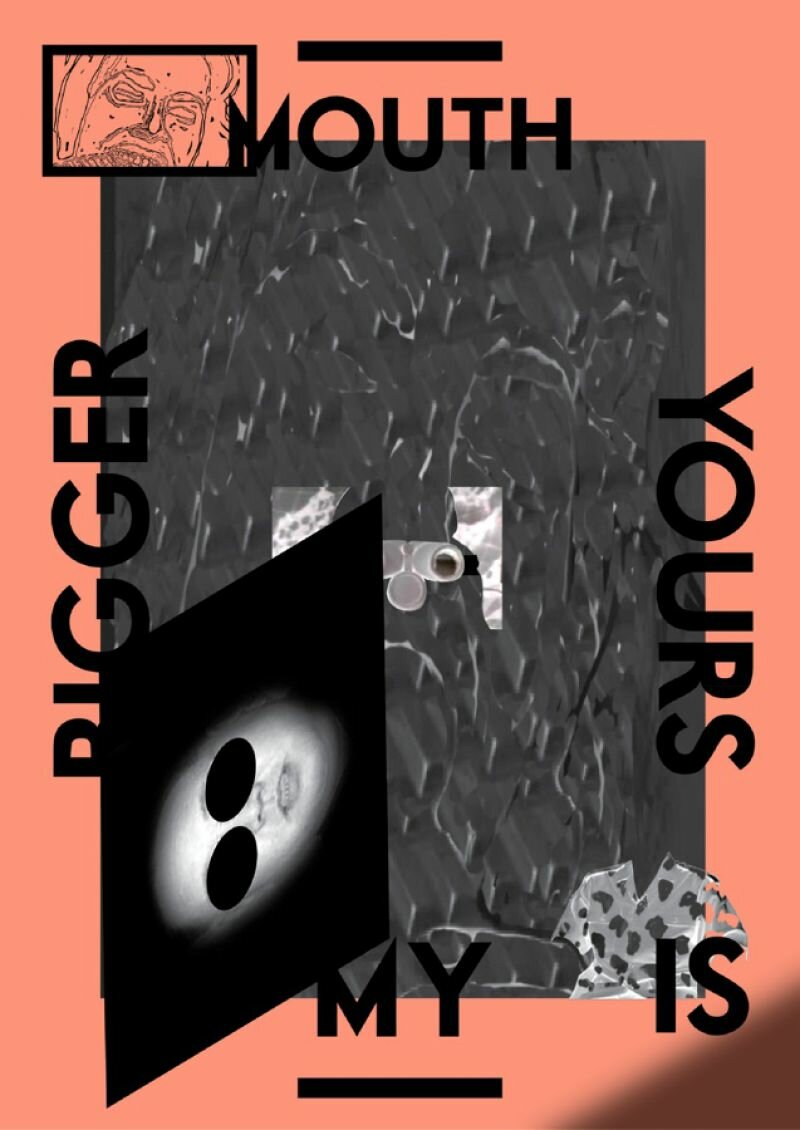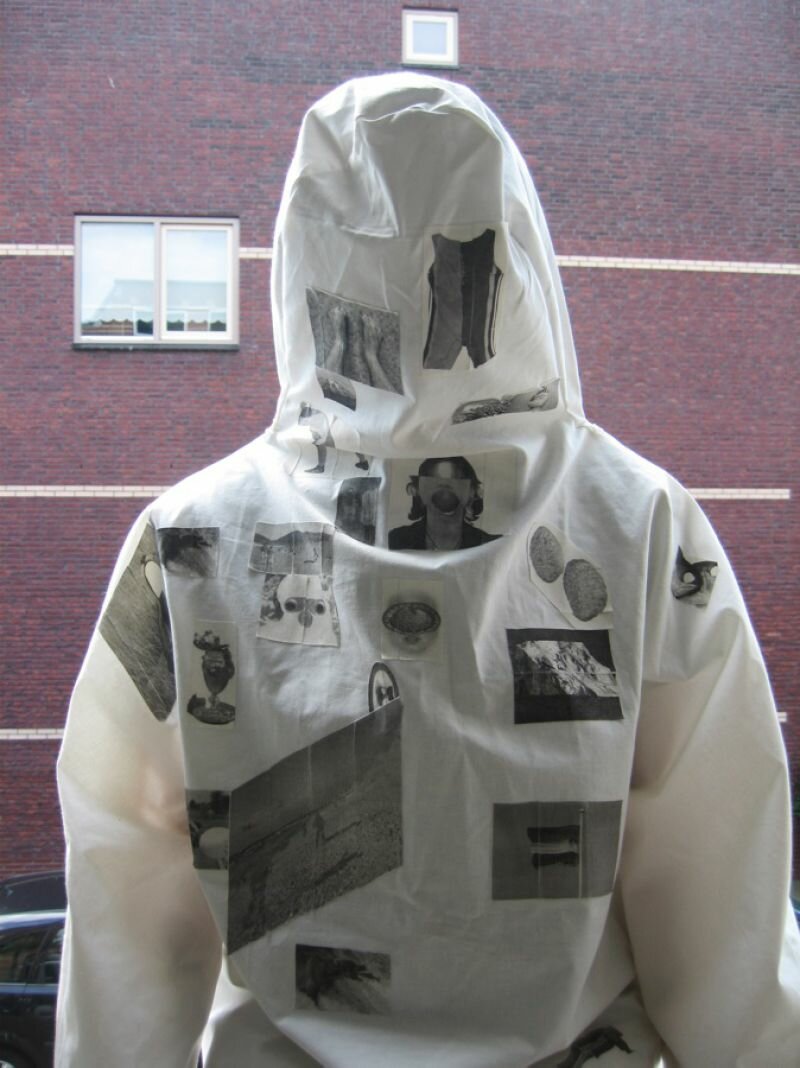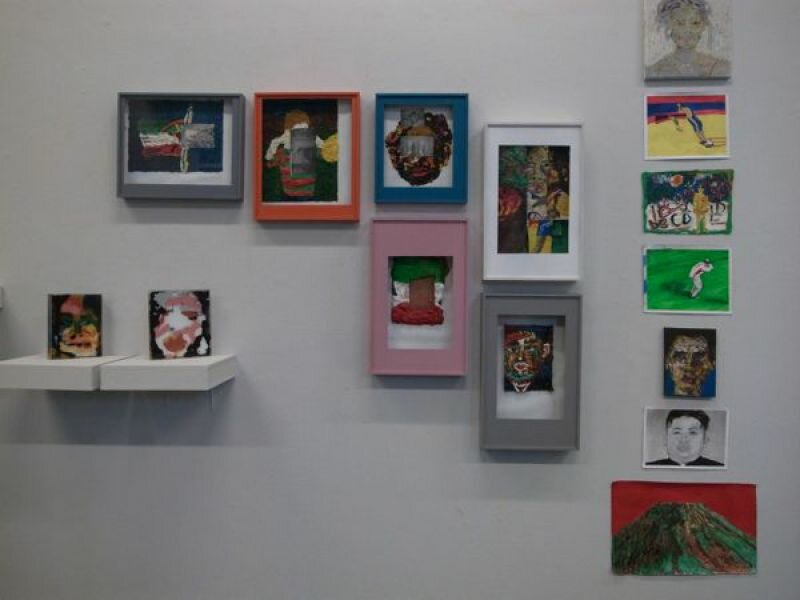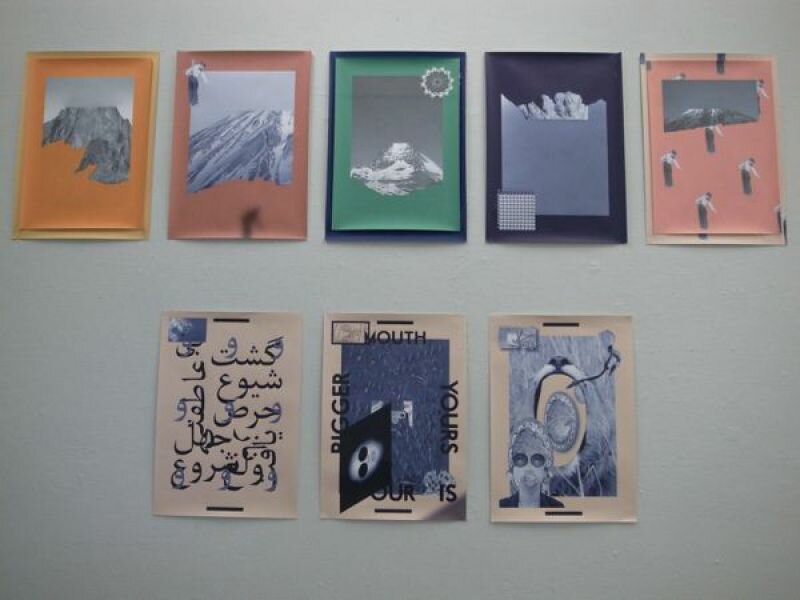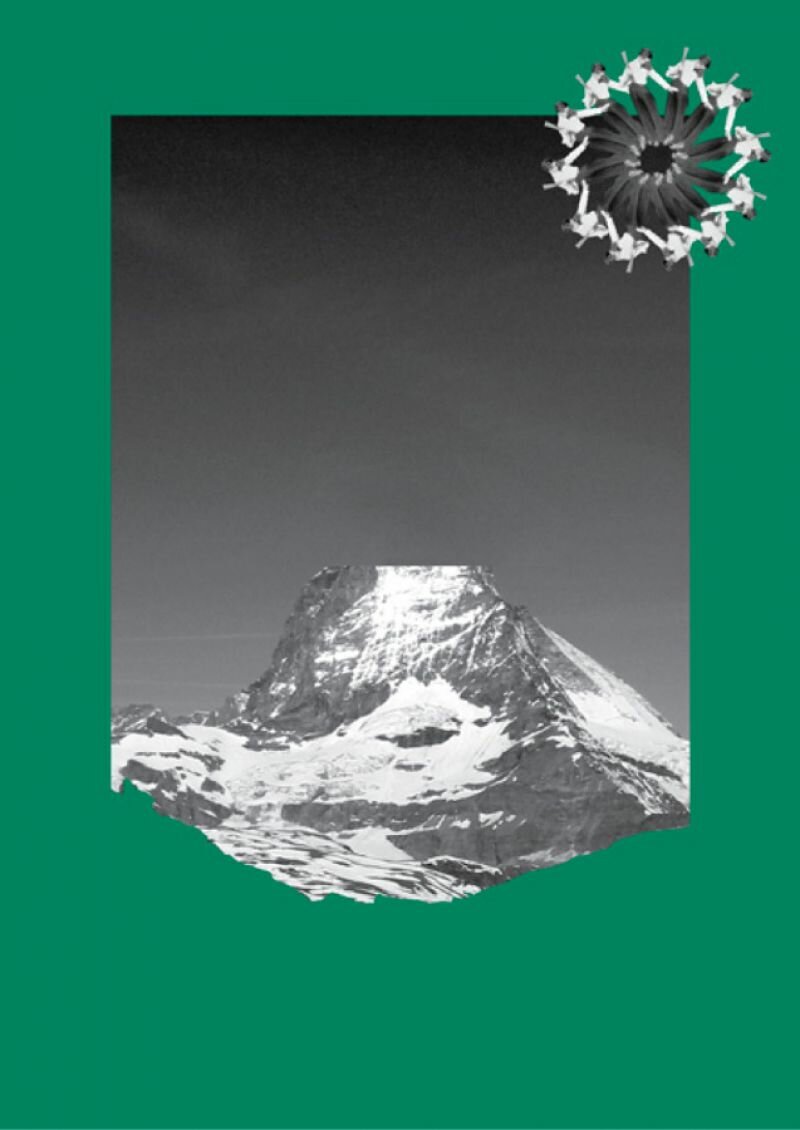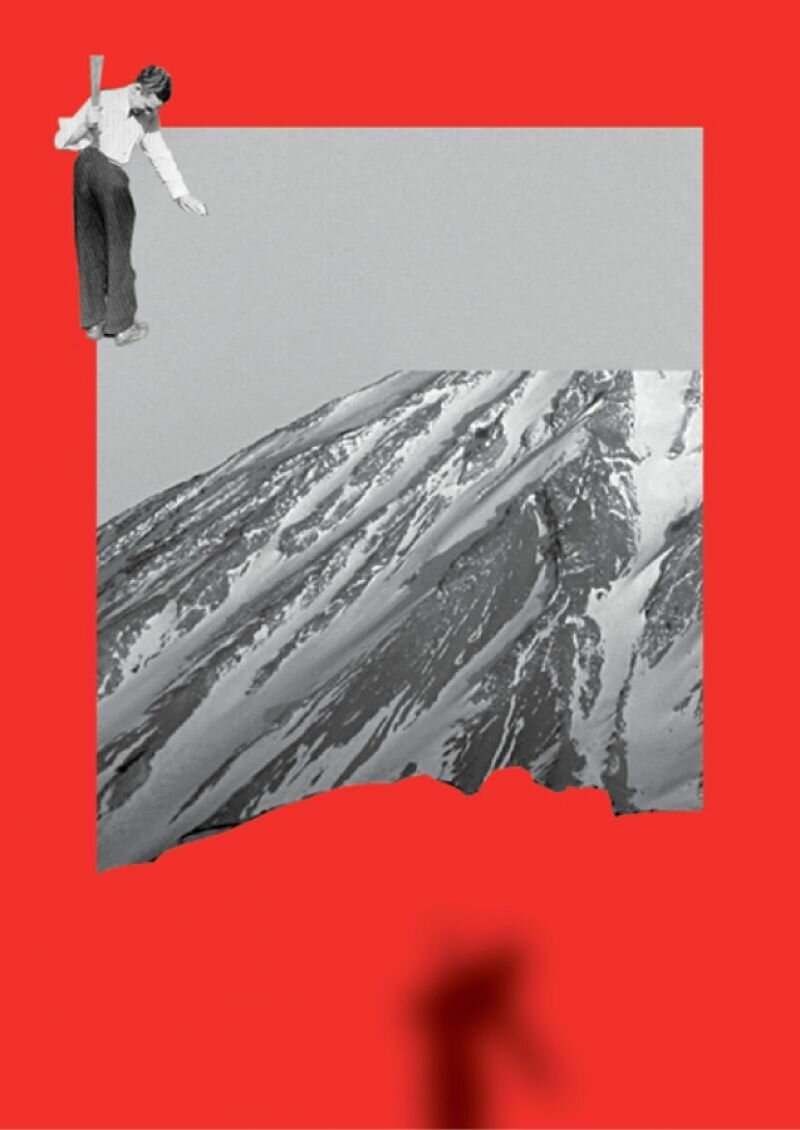Absence
A conversation with Maziyar Pahlevan
The work by Iranian artist Maziyar Pahlevan (1983) is strongly characterised by the suggestion of absence, missing, and/or lacking, like in the omission of the mountaintops in the series Peakless Mountains, the absence of an opponent in the photo montage series The Wrestler (opponentless,) and even more explicitly in his typographical work, We decided not to be invisible anymore. During our conversation it swiftly becomes apparent that the suggested absence isn’t something merely plucked from the air, and is greatly rooted in the disappearance that preceded the life of the artist; an inglorious and vanished period in the life of his predecessor, a past that has left no trace. Within the mystification of this undocumented period of his father’s life, Maziyar finds the source for his fascination with art.
How did you end up in the arts?
“My father used to study fine art in Italy. This was before I was born, before he’d even mert my mother. Family, friends, and acquaintances often tell me of how talented and driven he was as a young artist. But at a certain point, he stopped his studies and returned to Iran. He found a job and his life took a wholly different turn. In fact, he abruptly broke his ties to art and never mended them. I’ve never seen anything from his active period because he kept. Drawing, and with that, art, was only a temporary thing for him that he only practiced during a specific period of his life, of which no evidence exists.
That’s why I was always so curious about it. I always wondered what it was, the drawing, and art.
I also started very early. In high school I taught my fellow classmates how to draw, and later I studied graphic design at the university of Teheran. However, art education in Iran is much more conservative, and graphic design mostly involved the designing of posters. Since my arrival here, I’ve completely detached myself from my schooling in Iran and who I was there. It’s only here where my work really began.”
What was it about that vanished period in your father’s life that ignited your curiosity?
“You have to understand that family life is vastly different in Iran. Bonds are very close. That’s why it speaks for itself that children become like their parents and live similar lives. In that context, it would have been normal if I had turned into a copy of my father.
I think that my work is partially psychological because I’m trying to understand the exact nature of my relationship with my father. When it comes to my father, I can’t help but ask myself: where did the art go? How could it just have vanished? I felt like I had to search for something that he had lost.
That’s probably also the reason why I love documentation. I document everything that I do, so that it won’t fall into oblivion, and so that I won’t fall into oblivion.”
Do you find it important that he understands what you’re doing now?
“I try to keep my family informed on what I do. This is something I do out of respect, so that they understand how I spend my time. They probably won’t understand the content of my work. They don’t have to.”
Which mountains are depicted in the series Peakless Mountains?
“They’re the Iranian Alborz mountains. Mountains are extremely important in the Iranian landscape. In poetry they’re a recurring theme. I gave them a comical twist. It seems like the image is saying that we have mountains, but no mountain tops. The post-produced images are grainy because I chose to use low-quality images.
In essence, it’s a very simple image of a mountain without tops, and a man holding a stick, ready to punish. I’ve used the same man in another image and stuck him multiple times in a circular pattern, as though he’s punishing himself. A teacher punishing his student or a father punishing his son… This is very common in Iranian culture and I’ve seen it often. Generations before me have experienced this and next generations will witness it. It’s a pattern of repetition.
The man holding a stick in the Peakless Mountains series must be seen in relationship to the unchanging mountains that I placed in the same image. It’s so deeply rooted within our culture that it’s impossible to ignore, let alone change. You can make a poster of it and hang it on the wall. That’s all you can do about it.”
One of the typographical works in your graduation show was titled We decided not to be invisible anymore. Which “we” are you referring to?
“The ‘we’ first and foremost refers to myself. I use the plural form of the first person to speak of myself and through myself. This, too, is a cultural thing. The first person plural allows me to talk about myself, to show myself, without explicitly using the I-form. It’s a position that allows me to be invisible and visible at the same time. This desire resurfaces in the piece of clothing I designed: cloth for first person plural. When I wear the white robe, I’m unrecognisable. But still, it grants me the ability to still be presenting the work, like in the King of Voracity video in which I wear the piece. I’d like to continue my research into the area of implicit visibility in my future work.
